Franny and Zooey
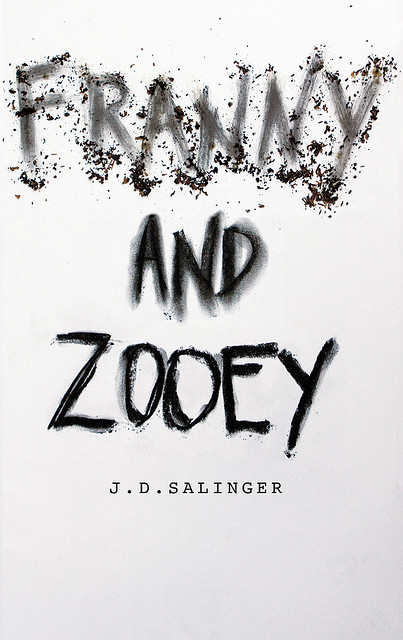 Franny and Zooey by J. D. Salinger (1961). Salinger wrote: “FRANNY came out in The New Yorker in 1955, and was swiftly followed, in 1957 by ZOOEY. Both stories are early, critical entries in a narrative series I'm doing about a family of settlers in twentieth-century New York, the Glasses.
Franny and Zooey by J. D. Salinger (1961). Salinger wrote: “FRANNY came out in The New Yorker in 1955, and was swiftly followed, in 1957 by ZOOEY. Both stories are early, critical entries in a narrative series I'm doing about a family of settlers in twentieth-century New York, the Glasses.
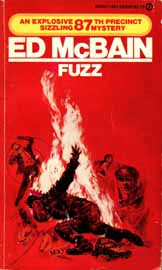
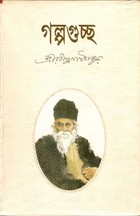 Galpo Guccho
Galpo Guccho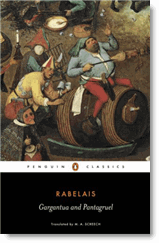 Gargantua and Pantagruel
Gargantua and Pantagruel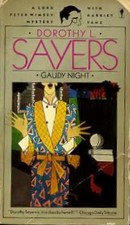 Gaudy Night
Gaudy Night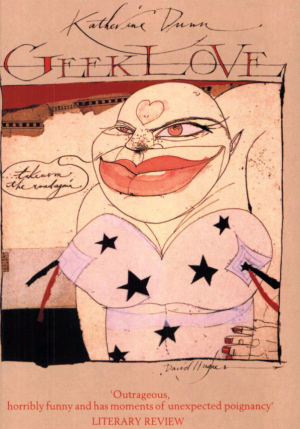 Geek Love
Geek Love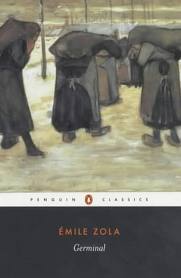 Germinal
Germinal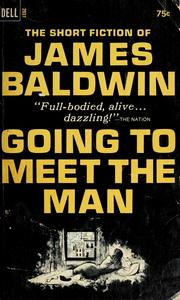
 Gone with the Wind
Gone with the Wind Good Morning, Midnight
Good Morning, Midnight